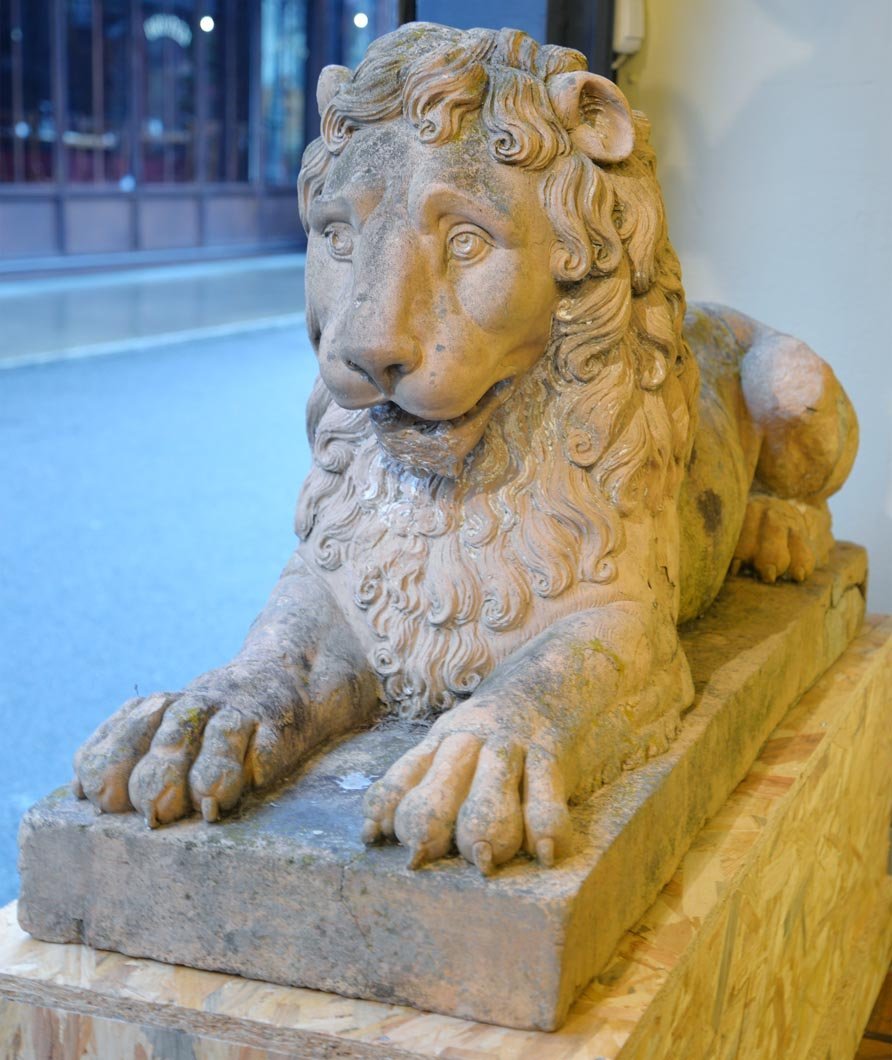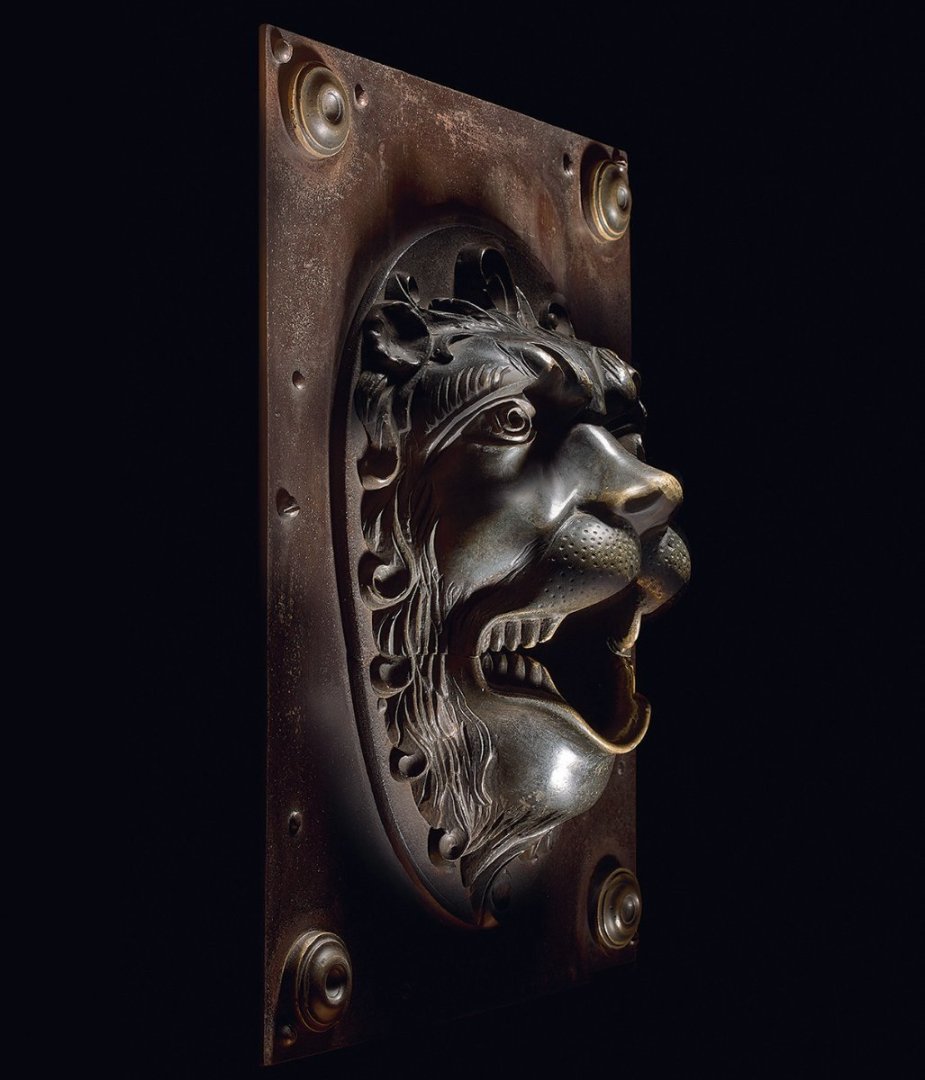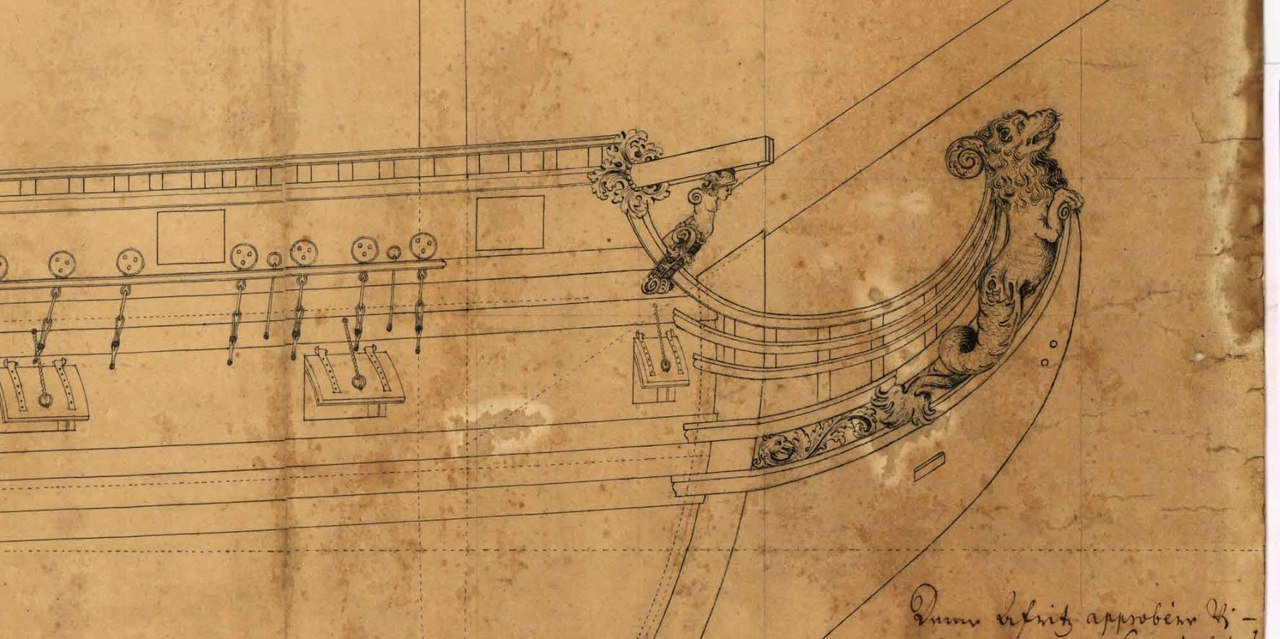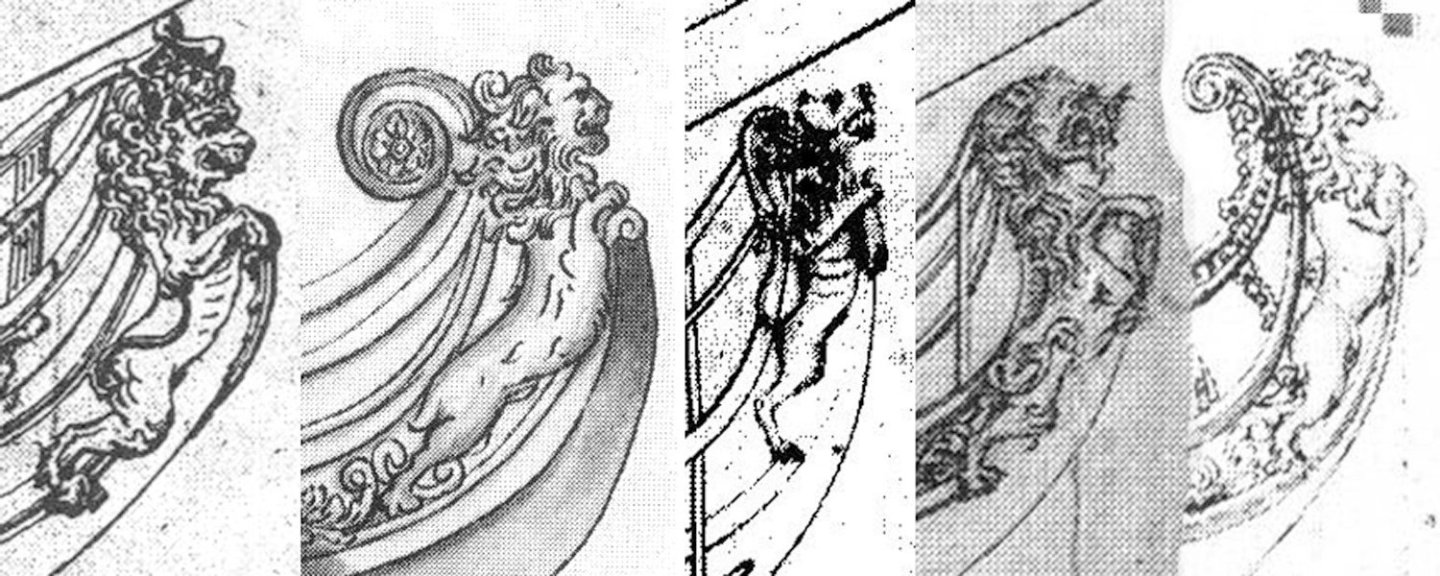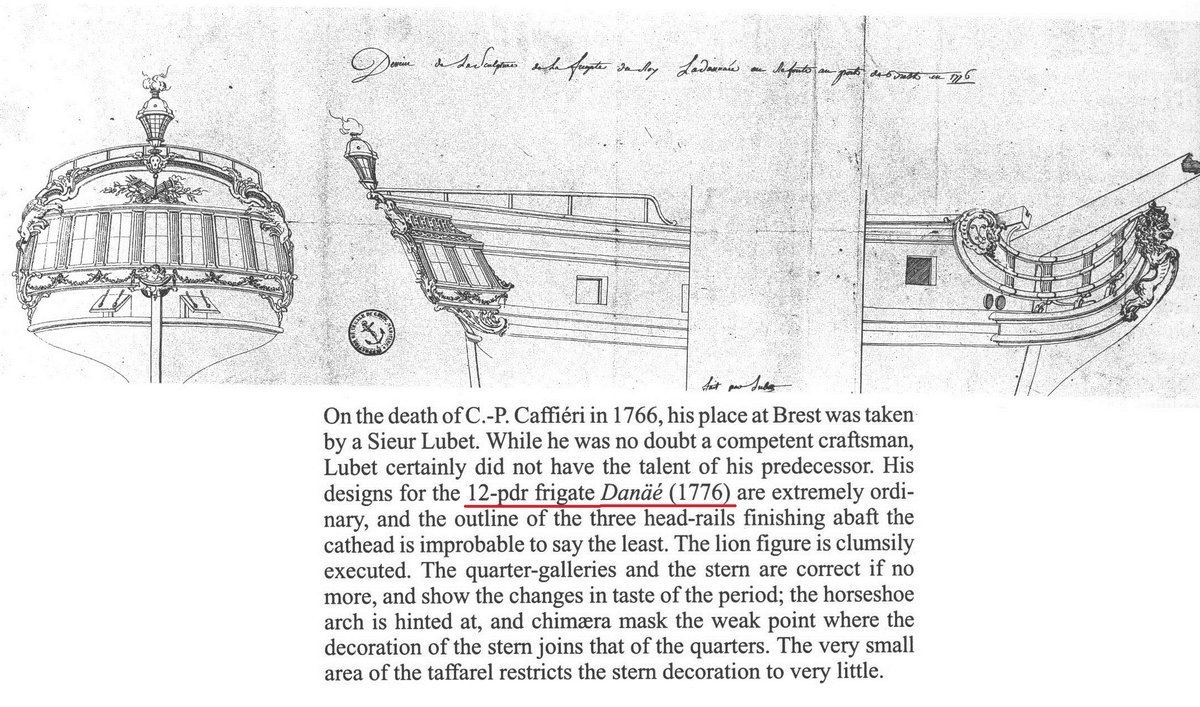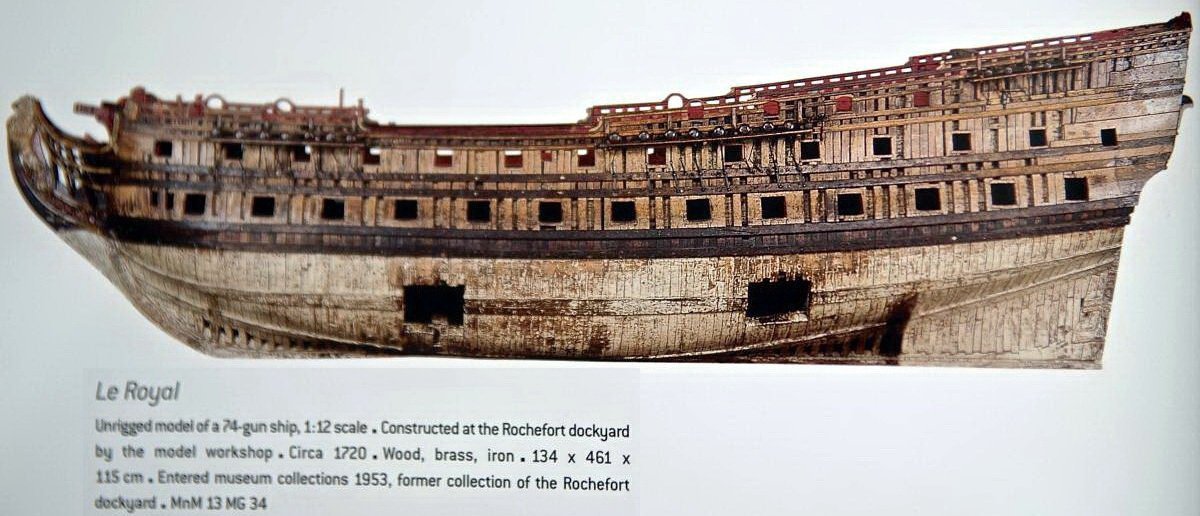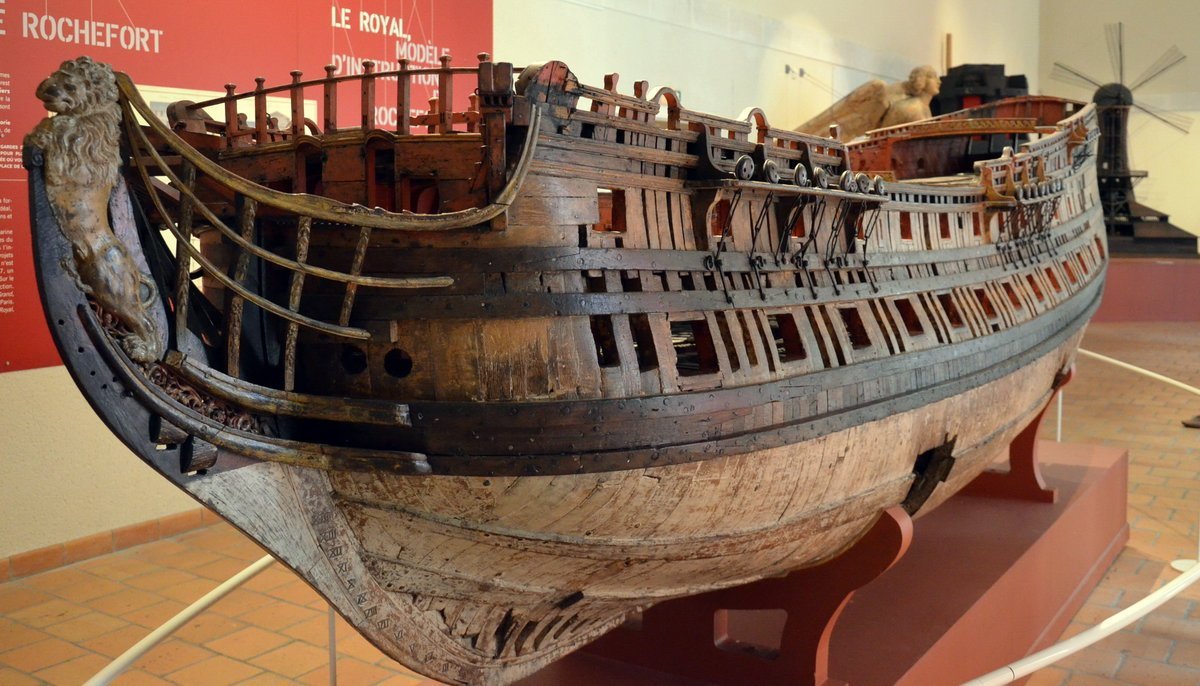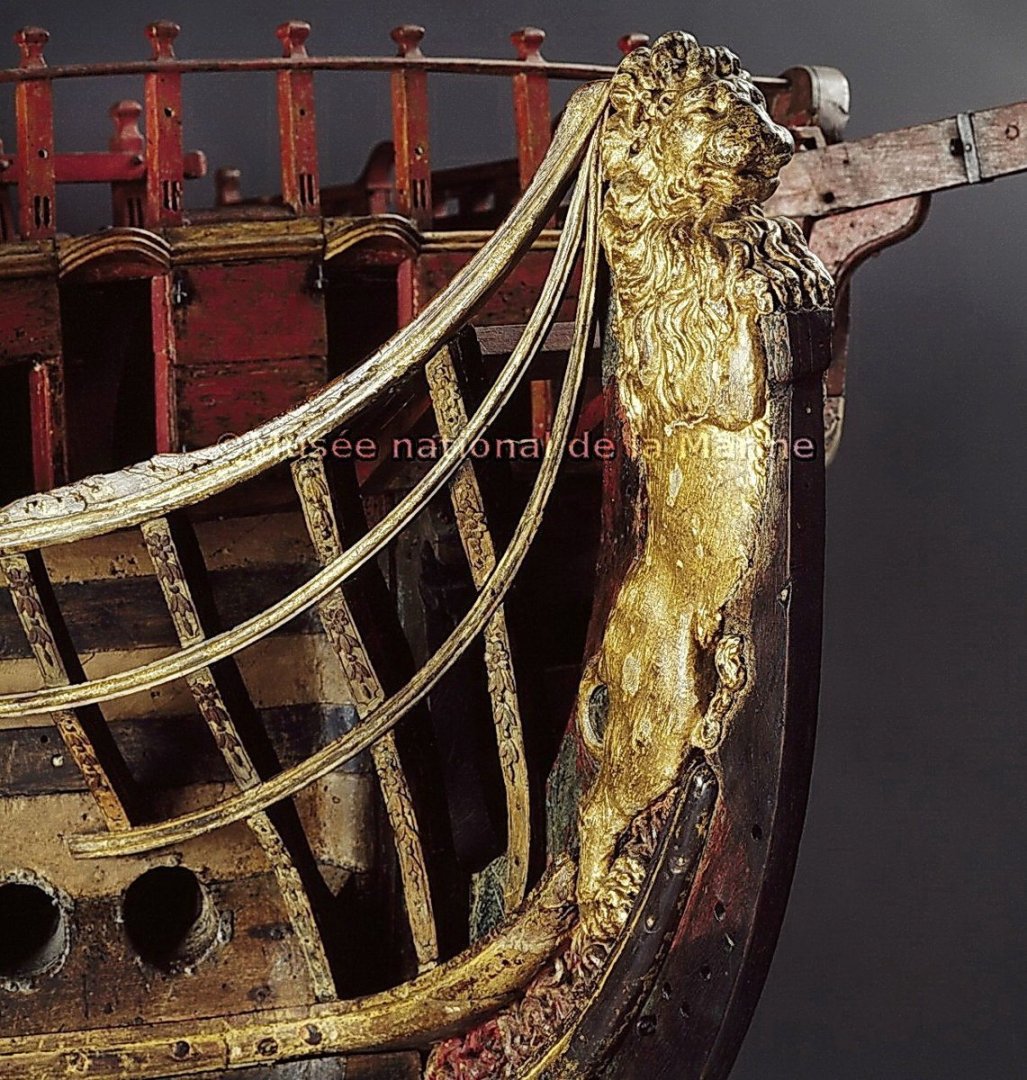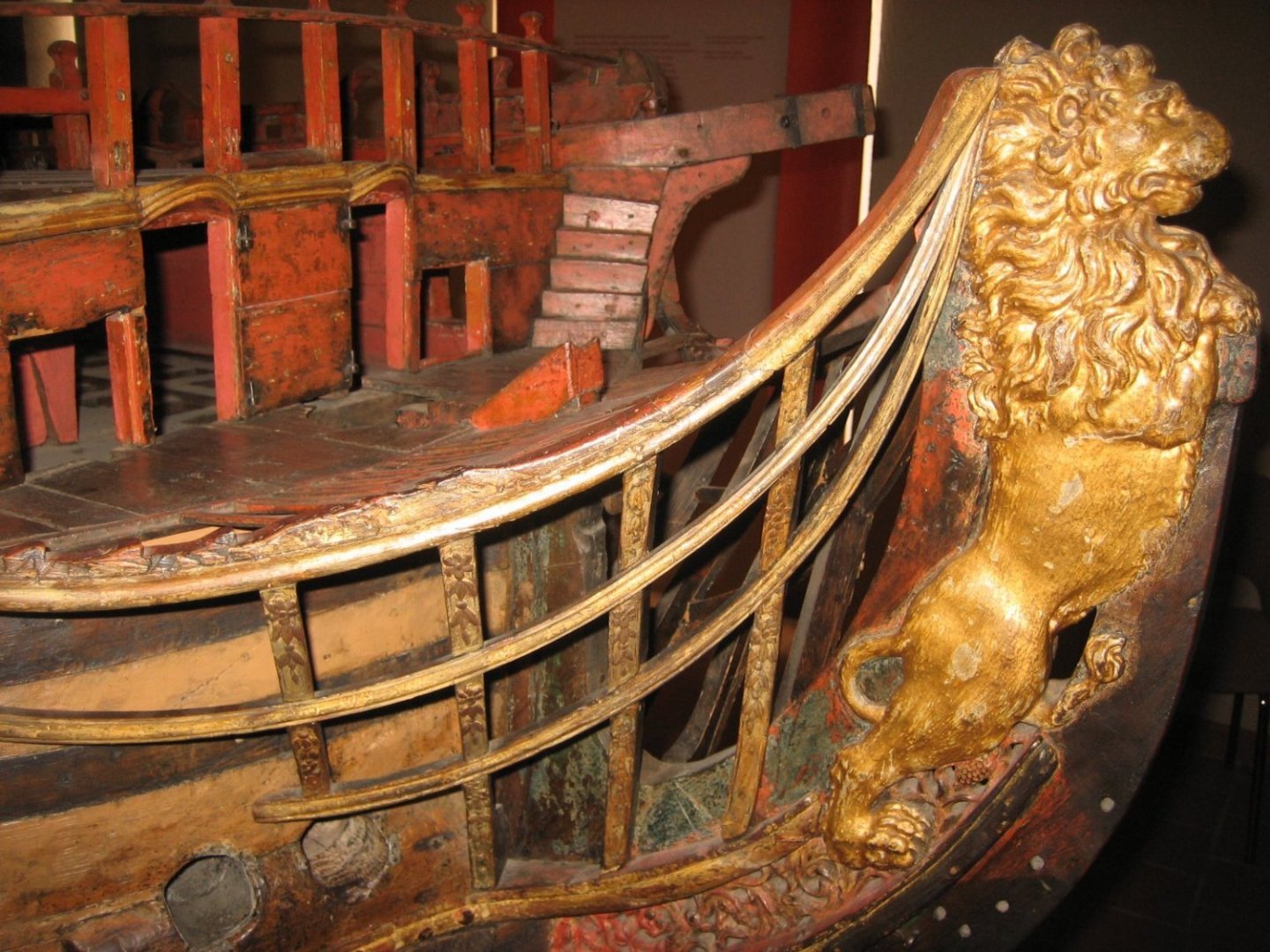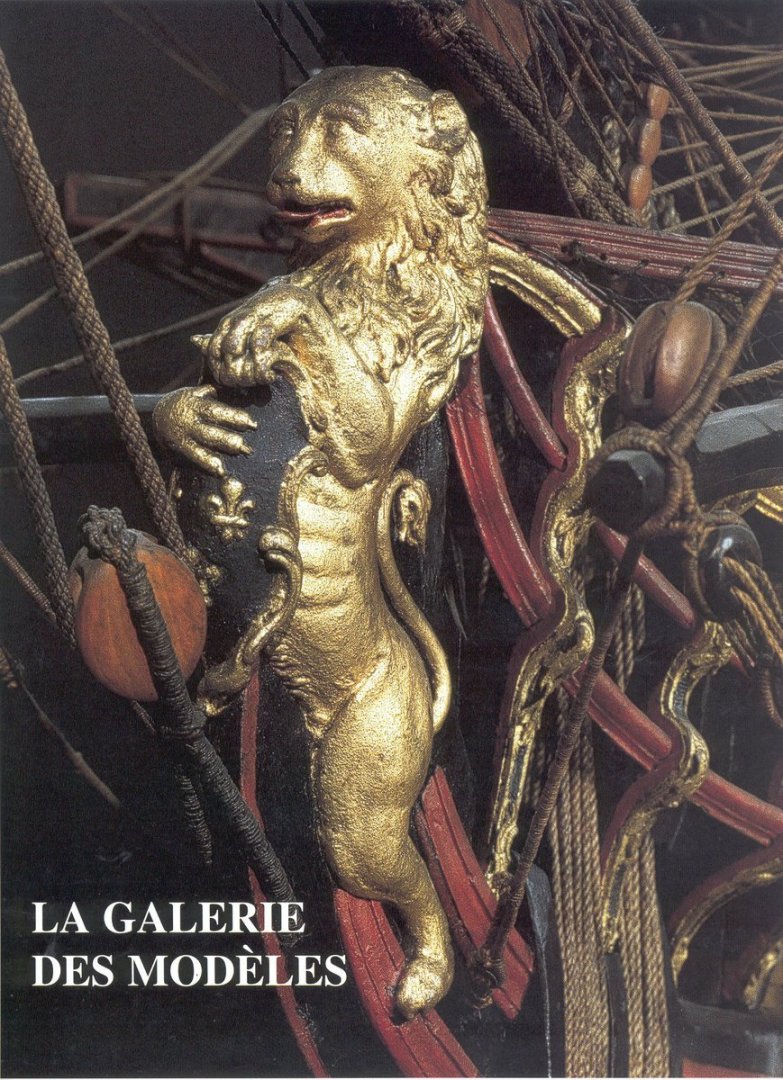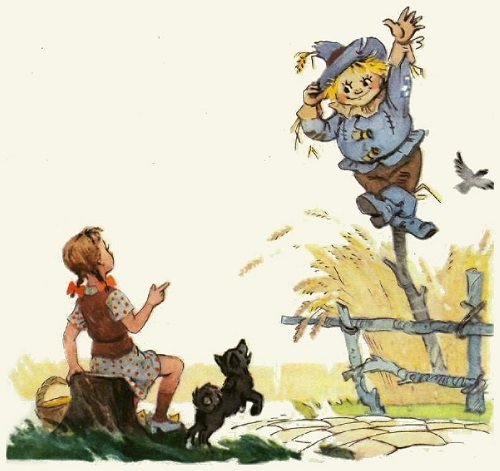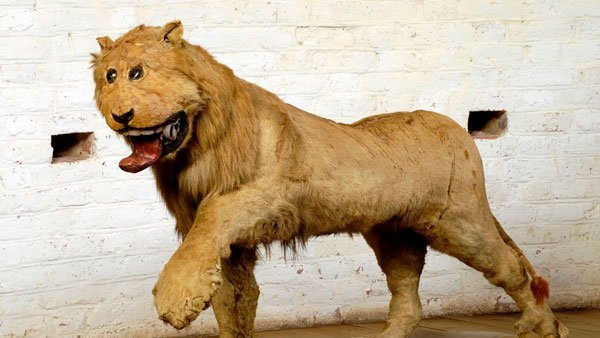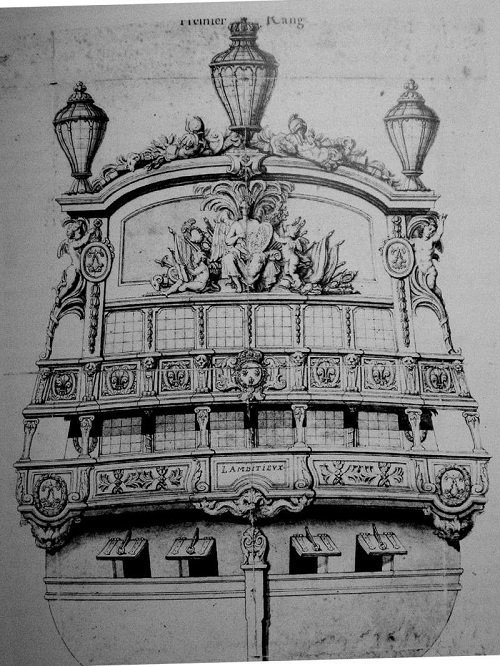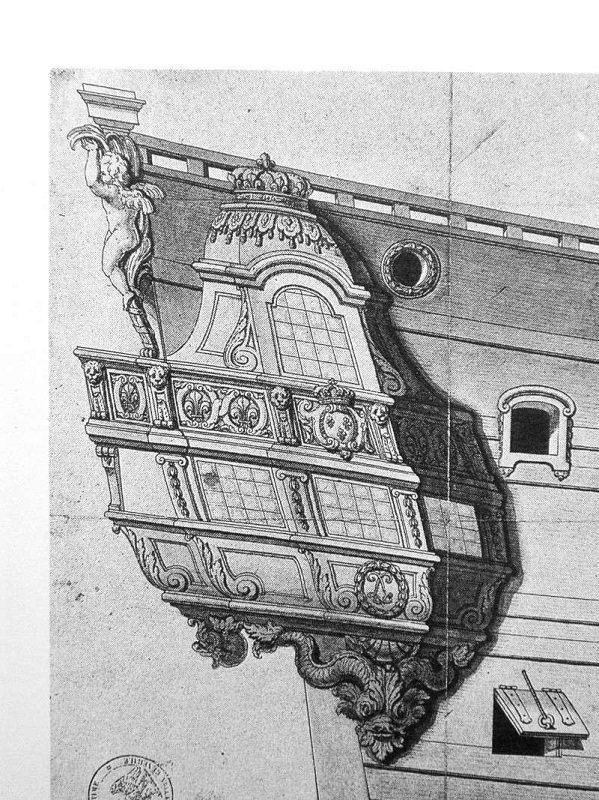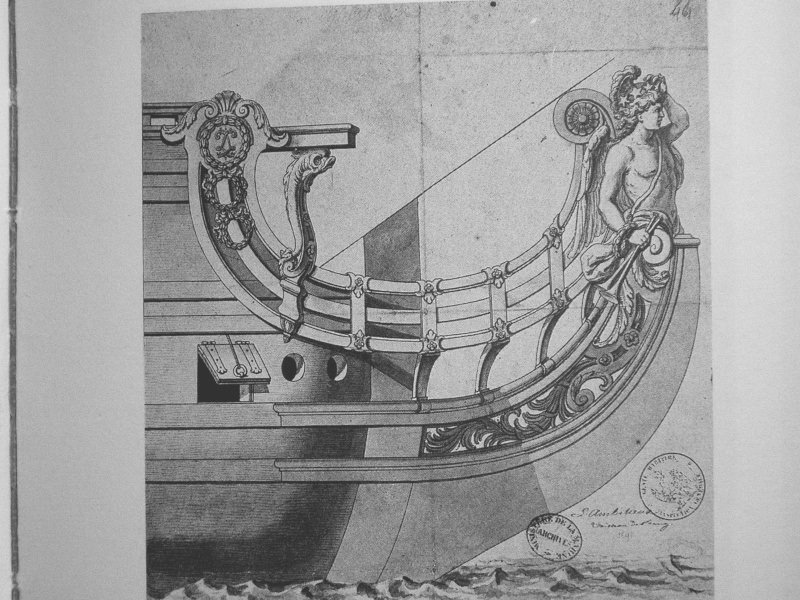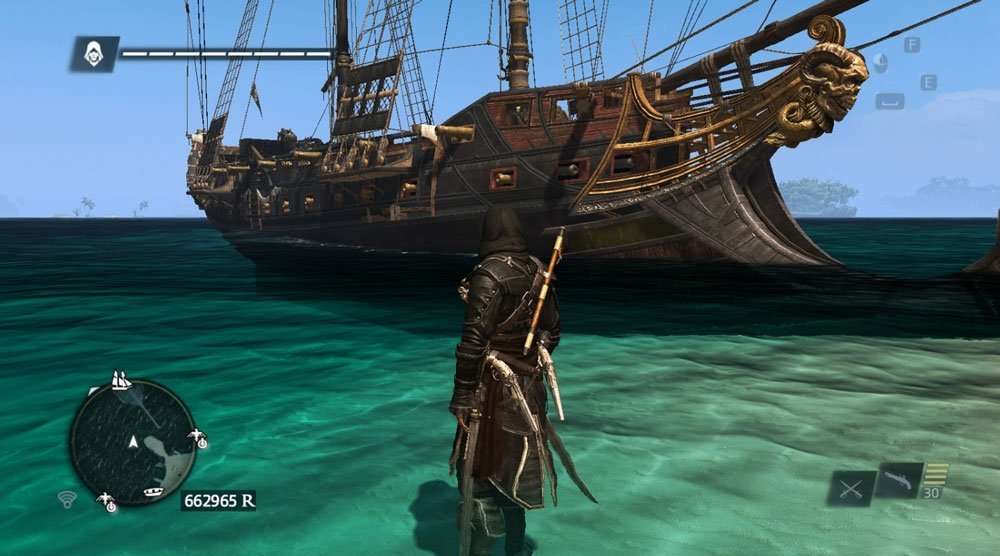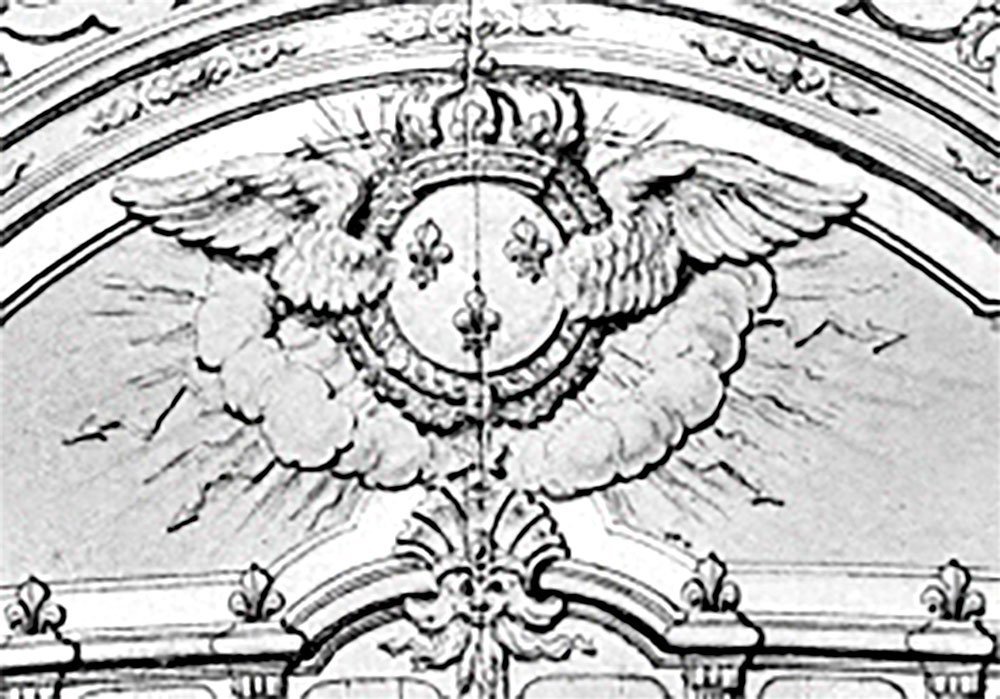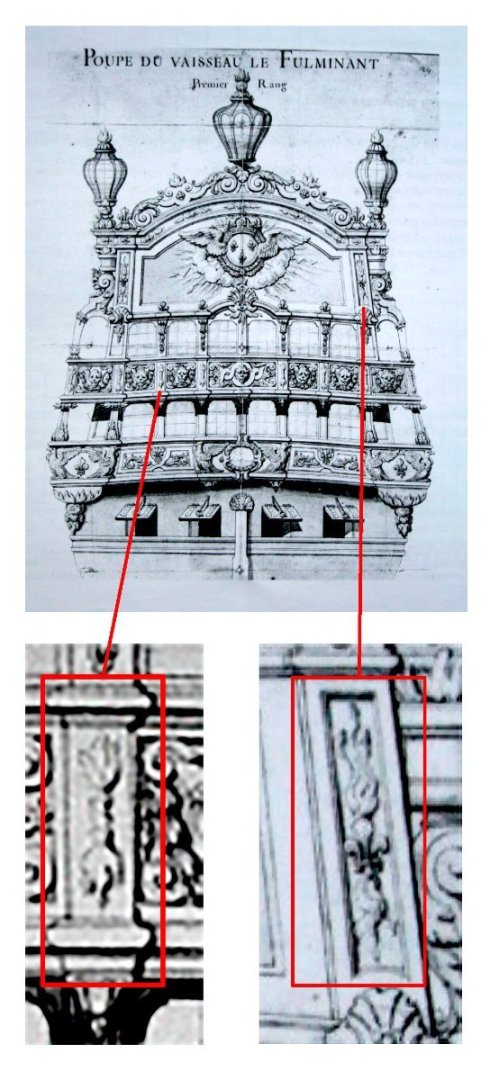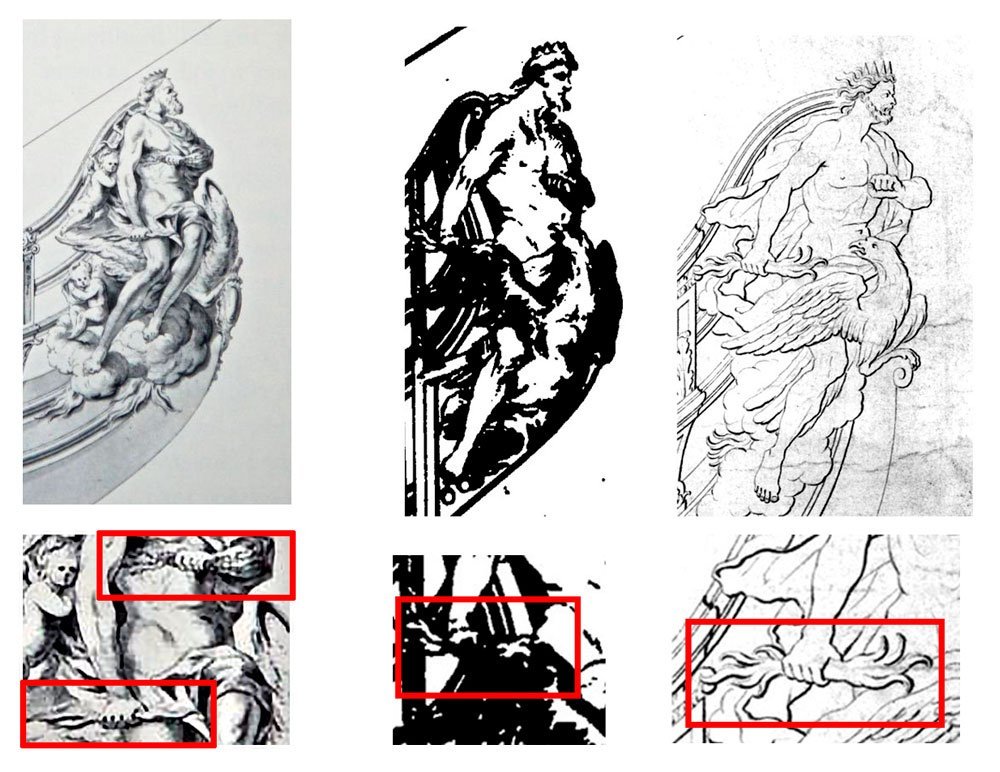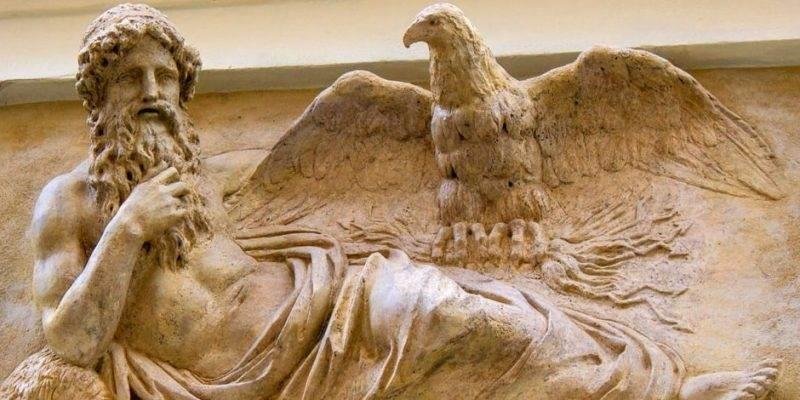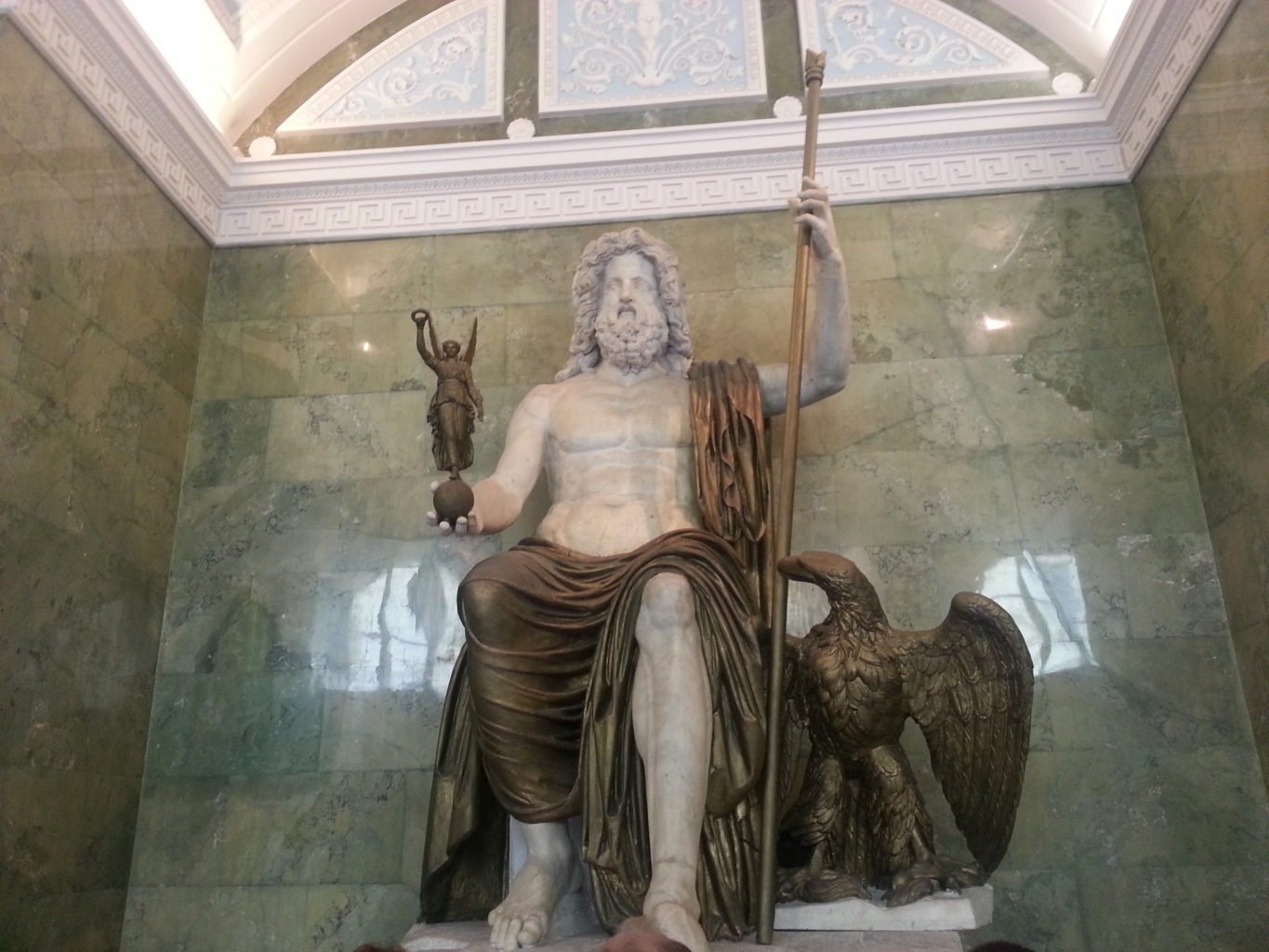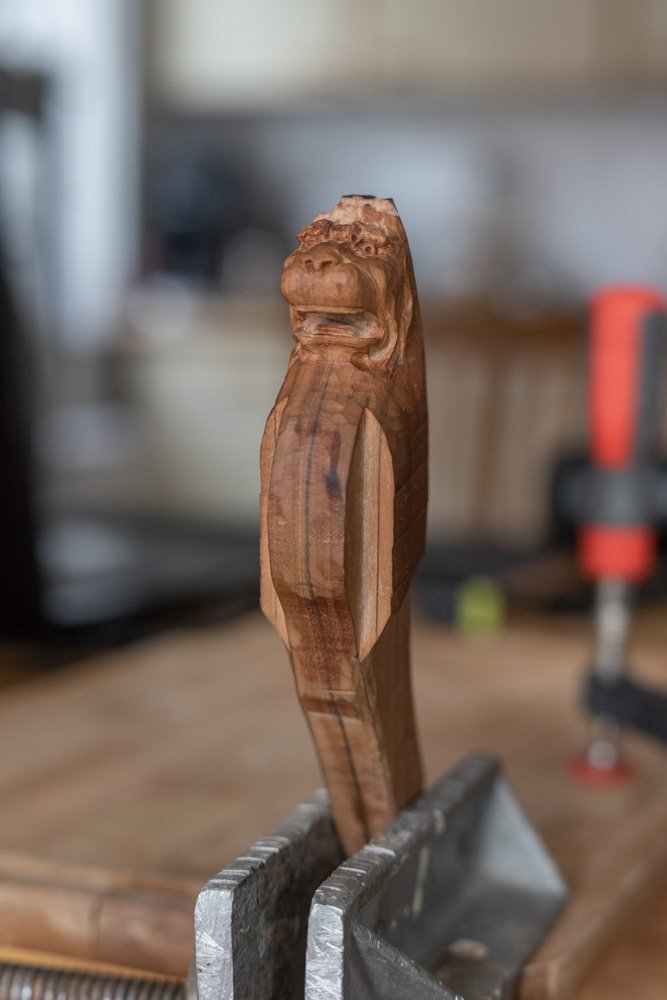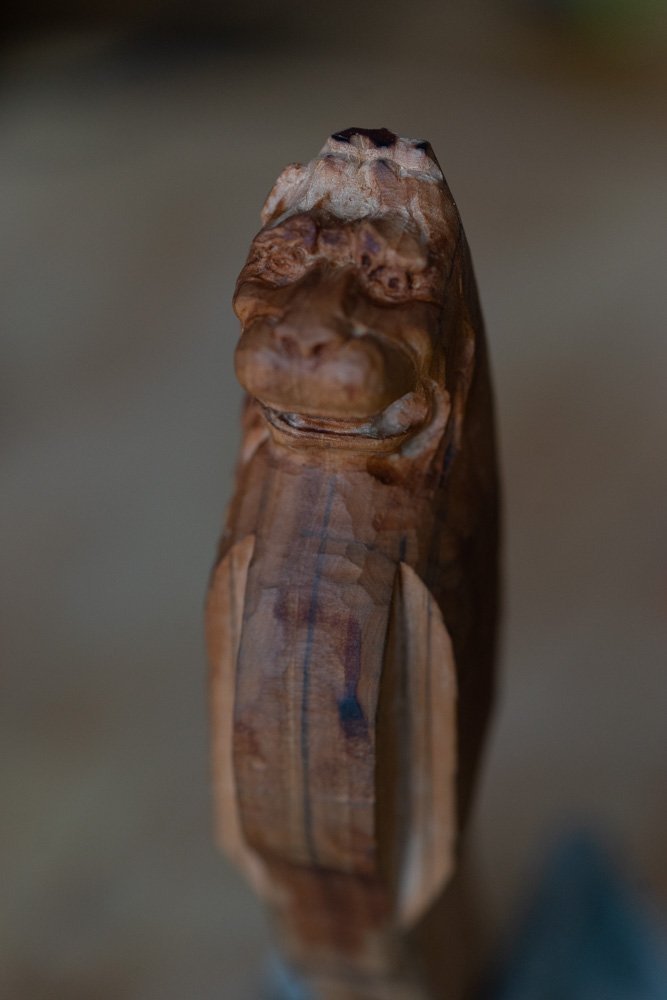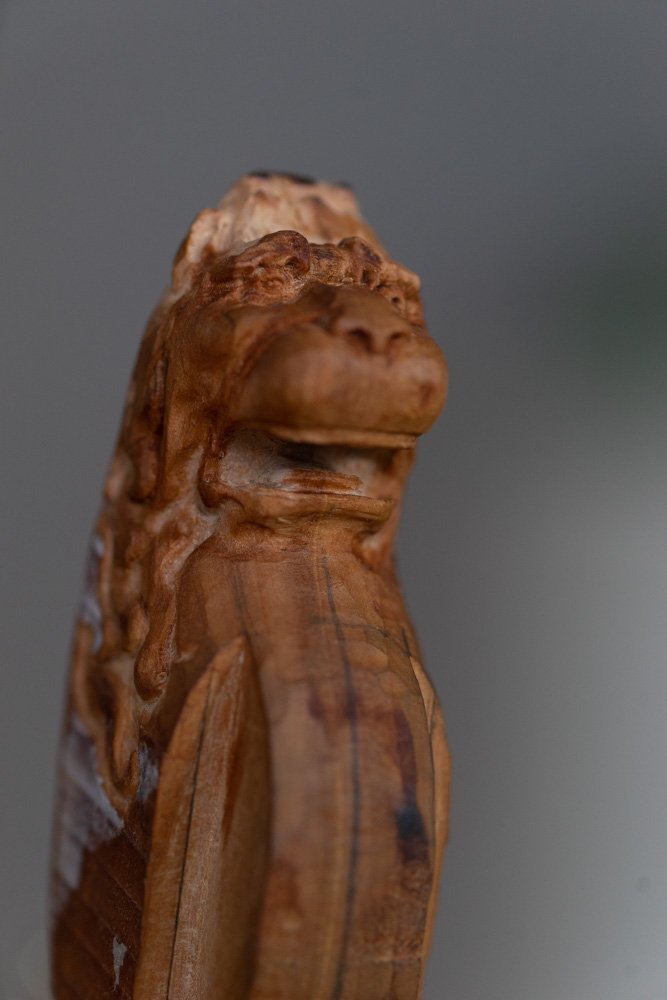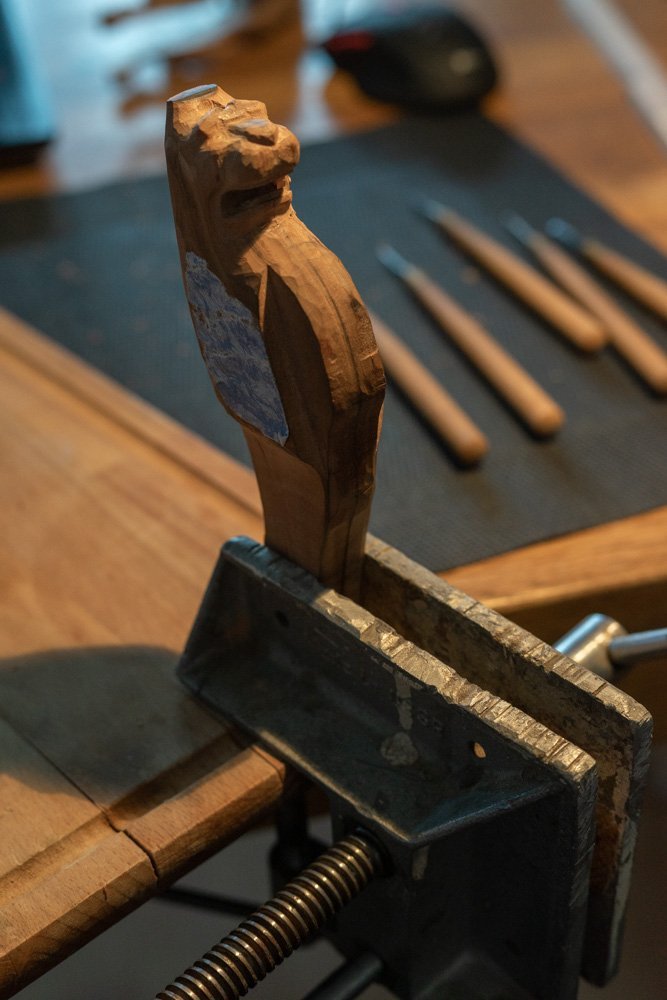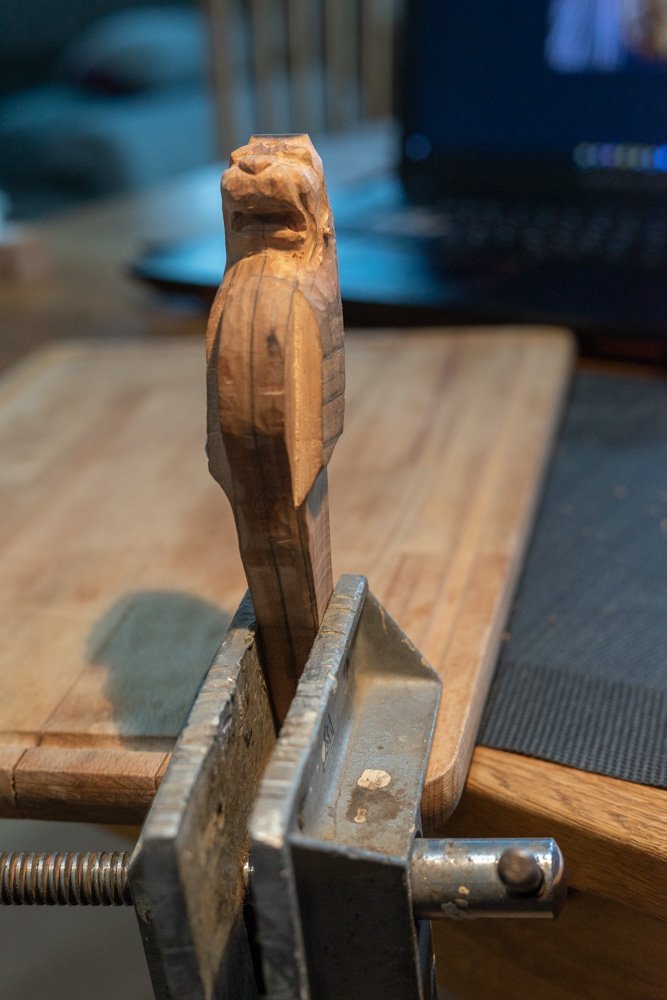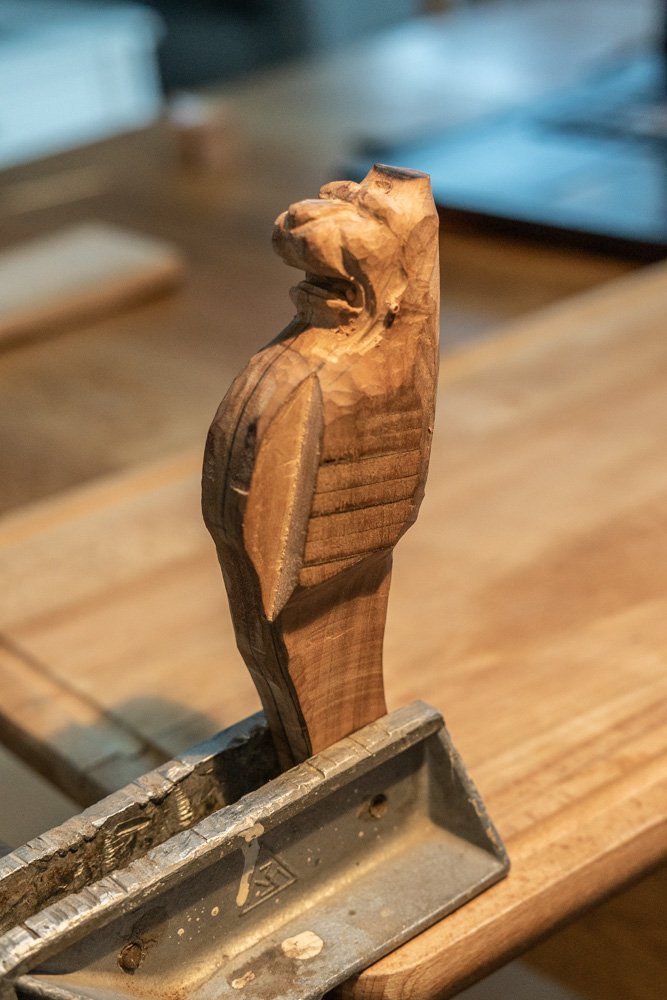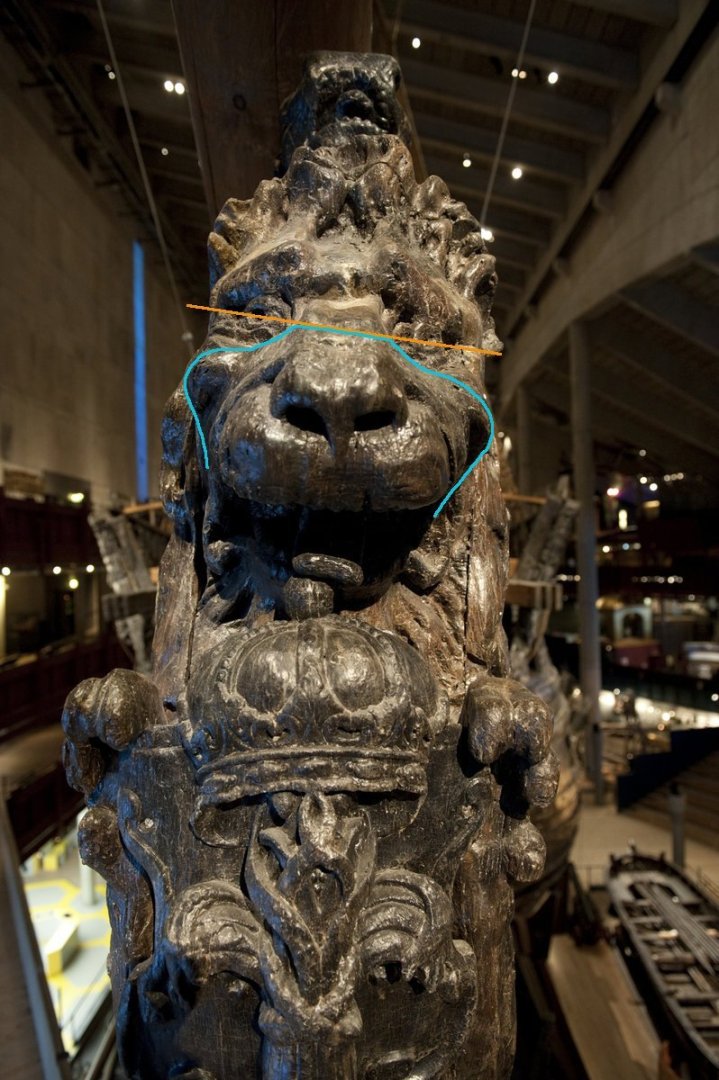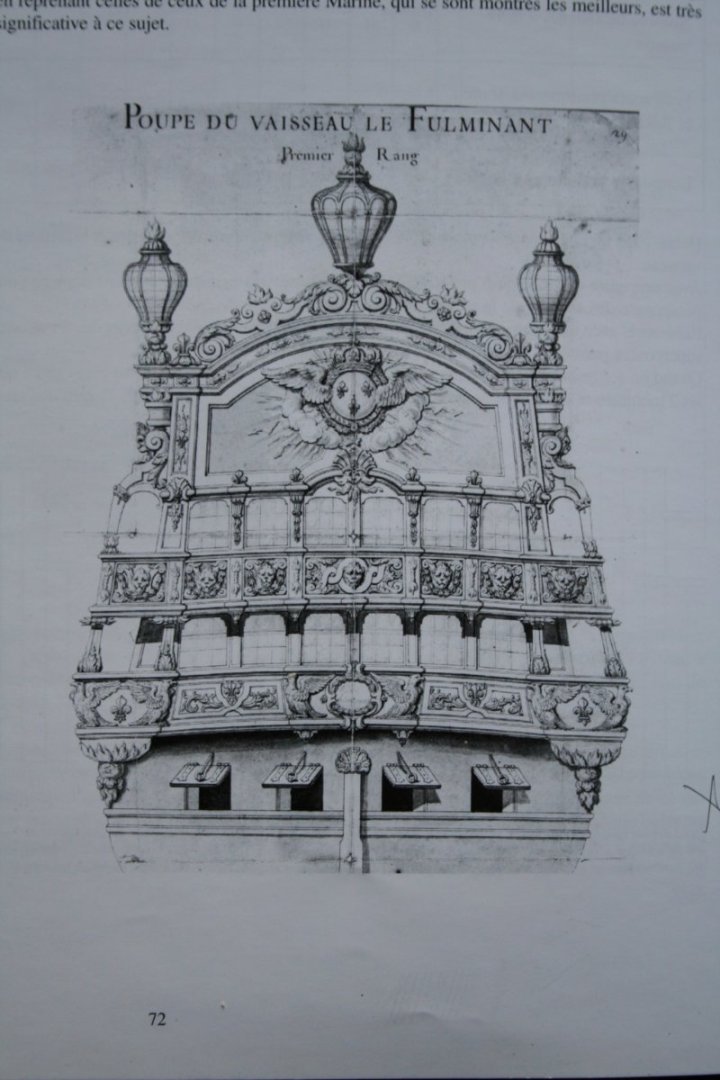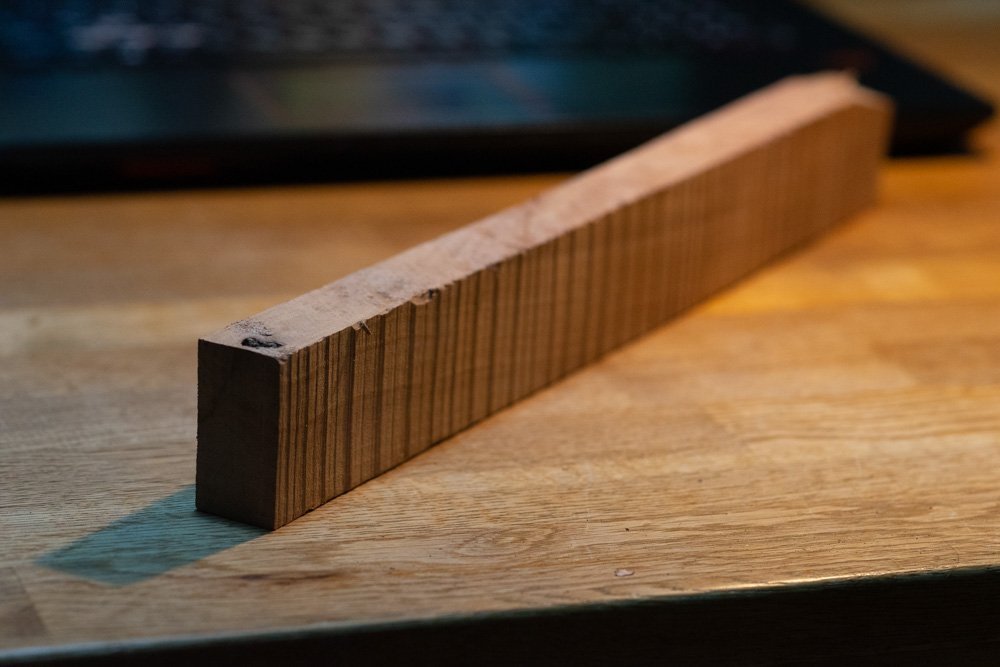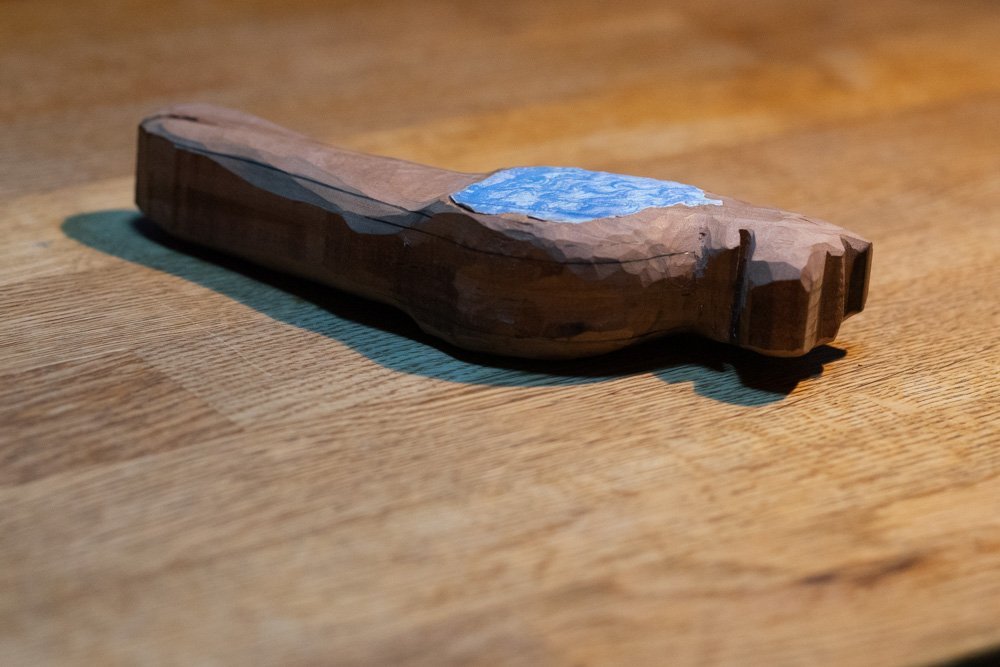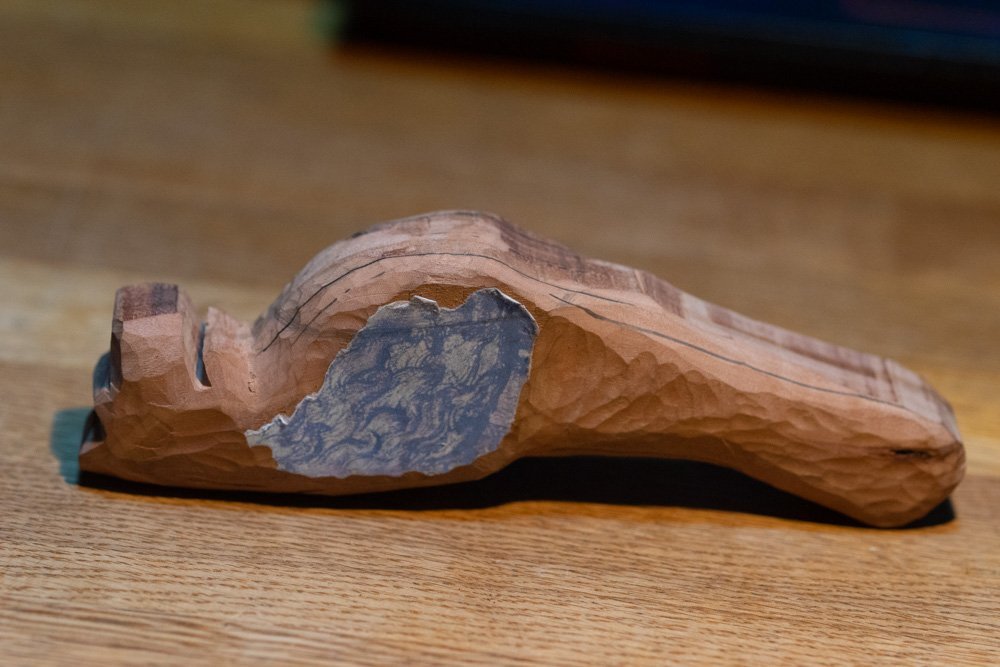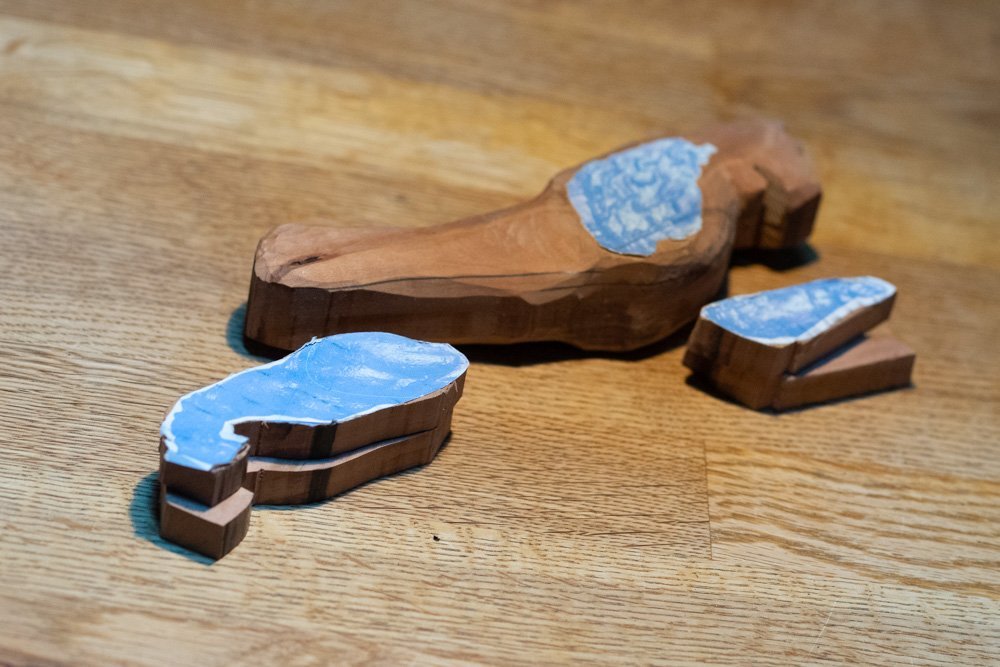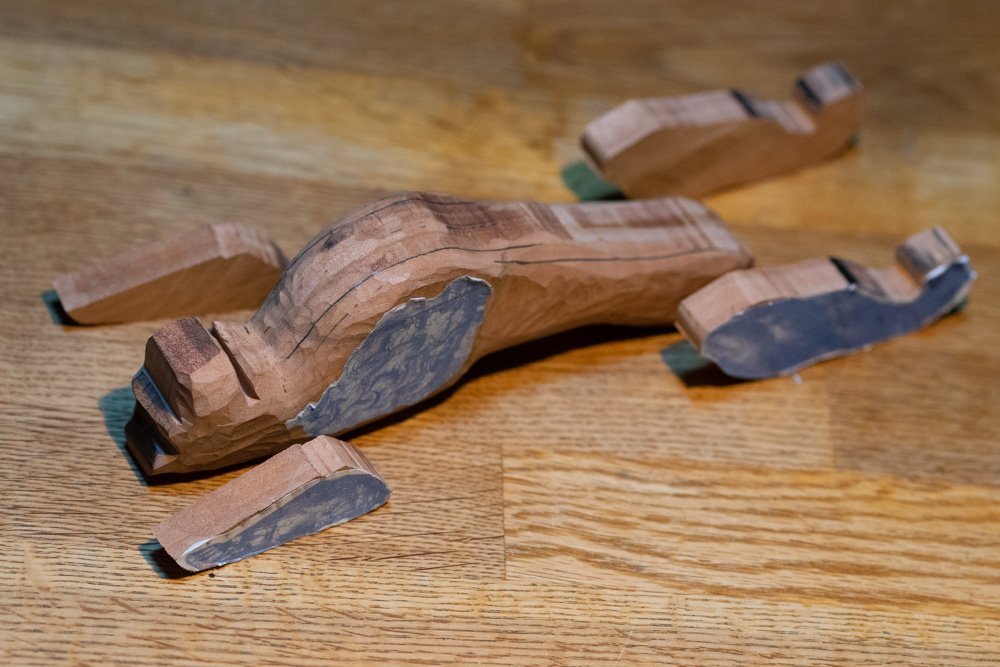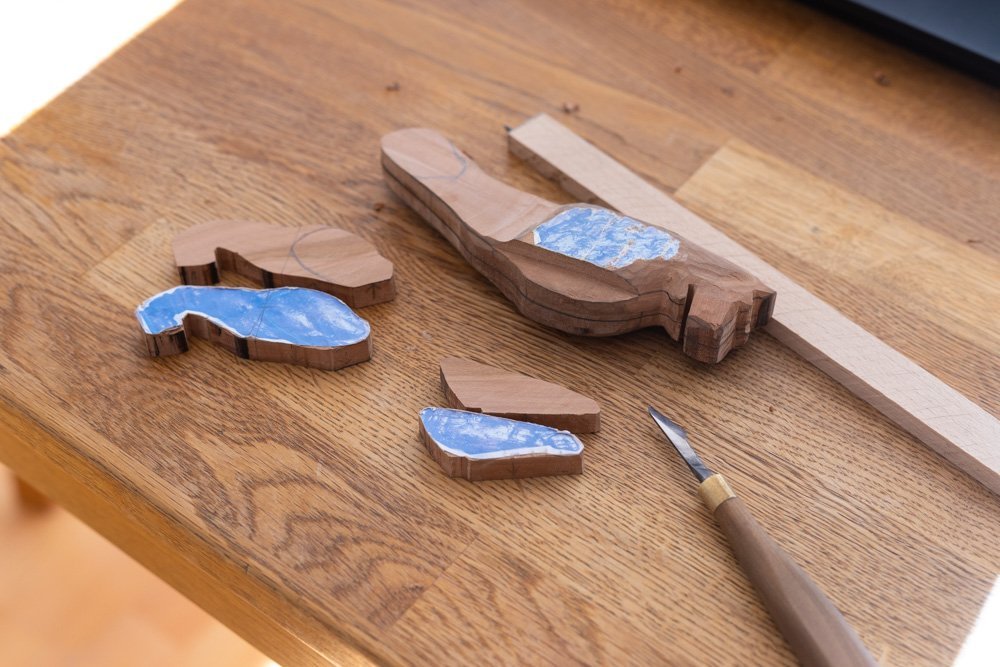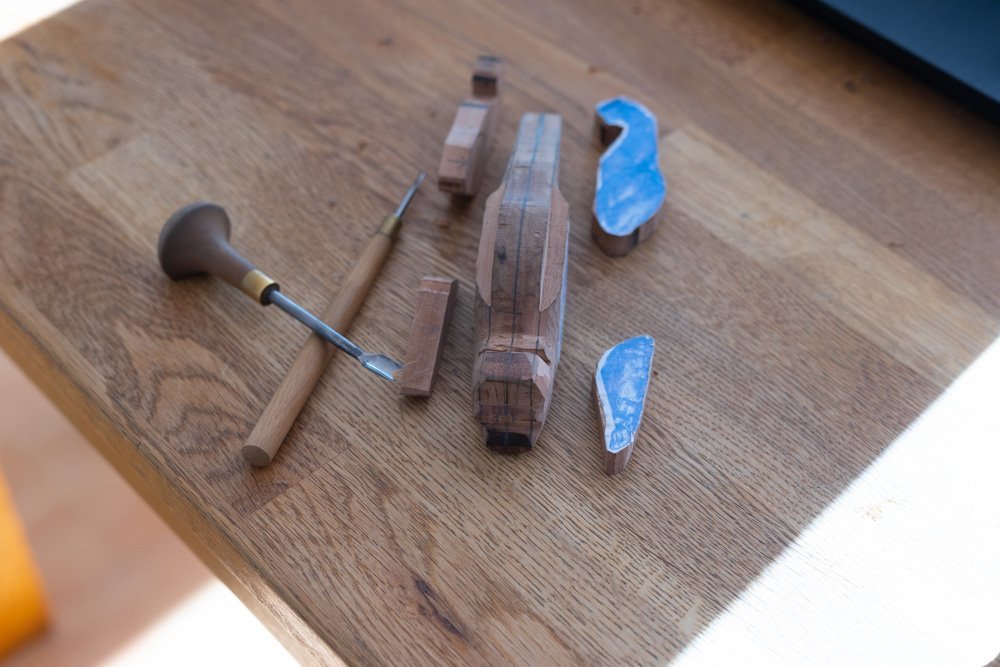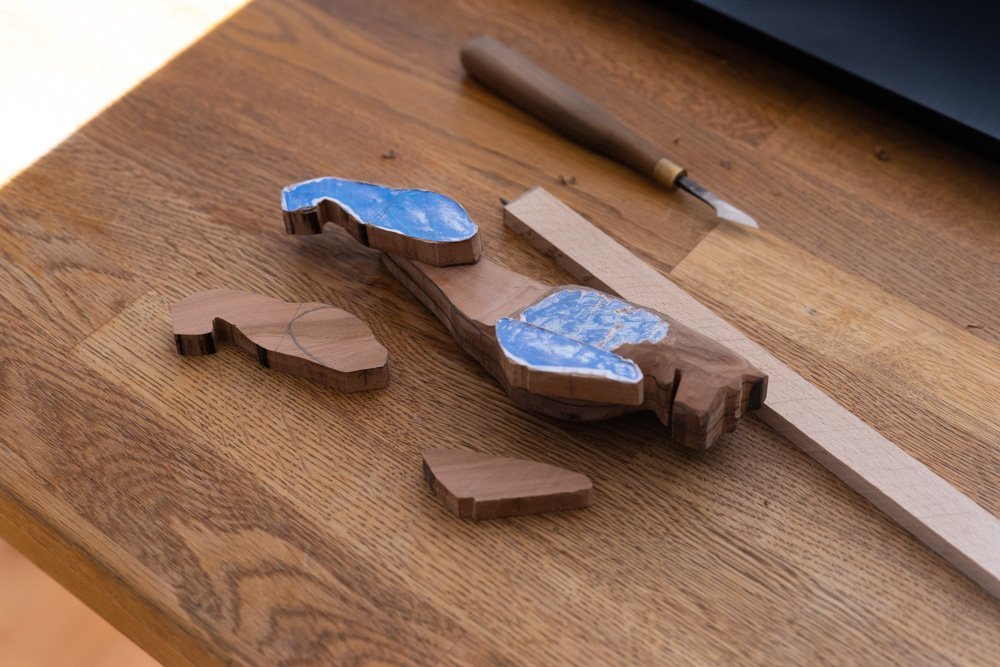-
Posts
297 -
Joined
-
Last visited
Content Type
Profiles
Forums
Gallery
Events
Everything posted by HAIIAPHNK
-
What gorgeous drawings! Thank you! They are exactly the basis for seeing the very problem I have in front of me. So much of the documentation allows only a vague definition of the decor. You can see that there is a lion on the breakwater, but it is very vague. In fact, the execution according to the sketches is a complete interpretation, one's own decision, a personal variant. Which is also quite acceptable and very interesting. For this purpose, I search in other kinds of art, such as sculpture or architecture. I don't think that in this respect the ship's image of a lion will be in strong contradiction to the lions that can be found in castles or other buildings. The merlion image (combining lion and fish, lion mermaid) is very interesting. I will definitely have one of these lions in my collection. So far I have plans to make a Danish lion in this style. But it is still ahead, there is time for thinking.
-
This is by no means a complaint. I understood exactly what you were trying to say. Any language has its own nuances and different words are perceived differently in different countries. I know that my English is very weak. And I can only communicate through an interpreter. Which means I can't be sure exactly how it translates my words. And I want to warn you in advance, so that I don't get into an awkward situation. P.S. You should have seen what a battle was formed on the Russian forum just around the very name Fulminant. This word in Russian is not used in ordinary life, and literal translation can convey several completely different meanings. And even between people speaking the same language there are cases when there are misunderstandings and everyone sees different meanings in one word. I am very glad that you are helping to understand this topic.
-
Good afternoon. Thank you for the lion. Stylistically, it is reminiscent of the French school. You suggested it as an option for the French lion? Is that correct? I am indeed looking for good references for such a lion. It won't be started for a while yet, but the search should be done now. I think I mentioned in another thread about Fulminant that French lions are not so easy to deal with. Perhaps you decided to share after that. To clarify a bit. I have some number of sketches where you can see what lions looked like in France in the 17th century. That said, not many models at all where you can see what they looked like already as a finished figure. The French school of drawing is very progressive. And French lions are a very correct depiction of these animals. And next to the others there is a very big difference. And you want to find something more similar, so that the French version is a little... how can I put it? Scary. Or funny. Even at the Paris Maritime Museum, I couldn't find a perfect one. So if anyone has good photos of French ship models, which can be used as a guide, I would be grateful for such hints.
-
I decided to make a small addition, it’s on a completely different topic. When I translated the last post and began to read it, I involuntarily smiled. And I noticed this sentence: The fact is that the translator conscientiously translated this word and it amused me. The fact is that the literal translation means this: or that: And I immediately thought what the rest are reading when I write. It is clearly noticeable that I am unable to communicate in short phrases. And to get my point across, I need to write a lot of text. This means that it may end up containing a lot of not very correct words and expressions. So I apologize if I am difficult to read and sometimes some sentences may be strange or funny. This is not on purpose.
-
As for the lion figure seen in the book, that's a separate issue. It is interesting to understand the reason for this decision. In "The Ships of Trouville" it was said that the figure of the lion as the main decoration of the ship was a decision that looked one hundred percent correct. And there wasn't even any discussion or debate about it. It didn't even have any other competitors. You could say that the lion passed without any exams or interviews. Which is already curious. So why did it happen this way? After all, we now have documents that clearly show exactly what stood on the breakwater at L’Ambiteaux. And it wasn't a lion. So the authors didn't have access to these sketches when the book was written? Because otherwise they would have just put the winged figure there. What could be the reason? When I read the book, it said in a separate thought that they wanted to dedicate the book to a number of ships created under Louis. And the authors wanted to create a certain general image of the entire 1st rank. However, this task was impossible, or practically impossible. Simply because it is a classic modern man's desire. We live in a world in which we ourselves have divided everything into standards, clear boundaries and regulations. It is natural for us to perceive the world in this way. We do not know any other way. Or we perceive the other as chaos. And in the 17th century (and later too) everything was different. And there was no clear standard. Different ships of the same class or rank were only united by approximately the same amount of artillery. And that was arbitrary. The authors spent a lot of effort and time to find and study a whole library of data on different ships and came to the conclusion that they have undertaken an impossible task. In the end, they decided to combine the most common solutions somehow. That's how their L’Ambiteaux came to be. He was a model assembly. Which can already be called a victory. As a result, we can look at a whole class based on one ship. But at the same time, the decision that the authors made was also a disadvantage, because the L’Ambiteaux is not an exact copy of its historical original. Now I will try to connect everything written with the question about the lion. Perhaps the avalanche of various questions and problems was so great that the authors were simply busy with much more significant decisions. And when they came to the question of decoration, they simply did not have enough diligence for this minor nuance. And if we also take into account that they did not find historical sketches, then everything falls into place. We are essentially in the same condition. We don't know what was actually done and are trying to use logical thinking to find an alternative solution. And it's even easier for us. In the case of Fulminant, everything is (I think) more obvious. One way or another everything revolves around lightning, force, power, etc. And with L’Ambiteaux, things are far from that obvious. Ambition can represent a lot of things. Including Mufasa fits under this symbol ;-)))). Or maybe it was for a different reason? Maybe, since the whole Ambition was prefabricated, its decor was also made as a kind of generalization? I don't know the exact answer. And I can only guess. In any case, I am very grateful to the authors of the book that I can now read about ships of that era. I can clearly see the comparisons. And even have ready drawings on which I can safely start building a model. I am also very grateful to the craftsmen, who are not just "blindly" building on the basis of the drawings, but have also done their own research and made adjustments, which undoubtedly improved the ship. When I saw this beautiful winged sculpture for the first time, I had a dream to try to carve something similar one day. It came true and now I am pursuing it, and I very much hope to be able to make another figure as well, which is the closest relative to L’Ambiteaux.
-
I'm doing a lot of thinking and trying to draw what the main figure on Fulminant might look like. But there is no way I can go further than the figure of Zeus. I can't manage to replace his figure with other objects. You very correctly wrote that the ships built during this period had names that were meant to glorify Louis 14. He was a personality who was very fond of himself and was vain. So there must be something very high-minded and pompous on the Fulminant's breakwater. As much as I fantasize, I'm not very good at coming up with a replacement equal to Zeus. The only thing I can think of is an eagle. He can be shown sitting on a cloud and have lightning bolts around him. You can make him guarding a shield with lilies. This is the only version that comes to my mind. But I don't see that it's the perfect version myself. It loses out to Zeus. The eagle is still only a secondary character, he can't be an equal substitute for Zeus. Yes, if I remember myths, Zeus himself took the form of birds, you can look for information whether he turned into an eagle. But even if I find exact confirmations of this version, still I cannot say that it can be better than Zeus himself. The eagle as a symbol is more suitable for Bonaparte, he had a predilection for these birds. But Louis? I don't know. I'm not sure. Yeah, it's a powerful and predatory bird. Yes, it has an ancient past, and the Romans used eagles as a symbol of their power. And Louis could compare himself to the emperors of the past, imply that he was their equal, all the rulers of the day did. Yes, the eagle can be connected logically with Zeus, because we can not go far from this image. But still, I do not believe that there could be an eagle there. Zeus is much better! Logically, that's who should be there. And just like on the Ambitious he should be a waist-high figure, and below that turn into an ornament. Ah, if I had the chance to see what was really there? Could the artist and author of this ship's decorations have found a better way than Zeus? And if Zeus is there, does that mean there could be just one human figure, which is not supported by such an image anywhere else? My eyes are already rippling with hundreds and thousands of drawings of different ships. I can't find strong enough evidence. And it's driving me crazy. I guess I'll settle on the Zeus. I can't think of anything better. I'm not fit to be Louis' court painter.
-
Thank you so much for participating. Fresh thoughts from the outside help a lot. And you have a beautiful thought. However, here it is important to remember the laws, according to which all the decor on the stern is built. The higher it is, the more significant the place. Above the aft windows is the most important place where the central figure is placed. Below and on the edges of it will be placed simpler figures. For example, these are the companions of the main figure or allegories that reveal the story encoded in the overall ensemble. And the very bottom is filled with simple decorations. These are either patterns or some wildlife, which is quite insignificant. At times, defeated enemies or those who are prey were placed there. As in the case of L’Ambiteaux, the lowest creature there is a fish. In the case of the Fulminant, the eagle is Zeus' companion, his companion. And to place it at the very bottom would be tantamount to an insult. If you pay attention to the sketch of Fulminant, it is already drawn in what style the artist thought. It's ornamental... I don't know how to spell the word to make it clear. Let it be something like a flower cachepot decorated with stylized vegetation. It is a complement to the upper corner elements. There's something like columns. I think these "cachepots" are the lower hemispheres of the side galleries. So at least there are no additional questions about that. And there are enough of them with the side galleries. I will develop this theme a little later.
-
Yes, you're right. It's a challenge. When you want to do it right and not just do something like this. then you have to look for sources, look at analogies and prove (at least to yourself) that this is logical and justified, and this is not. Indeed, the closest example to search for is L'AMBITIEUX. But there are many nuances to be considered in this monograph as well. And since we are talking about this twin ship, I will voice one more mystery: There is a winged figure on the breakwater of the L'AMBITIEUX. Let's call it an Angel. And if we look at the whole ensemble of decorations of this ship we can notice that human figures are found in other places. There are also human characters on the stern. All in harmony. But if we look at the Fulminant, the only thing that can be used as a graphic art document, we see one important difference! There are no human figures on the entire stern, not once and nowhere. Any "living" characters we can discern are eagles. And the lion heads on the balcony railing. And the question arises: can there be a human figure on the breakwater if it is not supported by similar figures anywhere else? How logical and correct would it be? Has it been done this way? And if there should be something else there, then what could it be? After all, any other figure immediately ruins the whole logical chain. How to show the main lightning wielder without showing him himself? Should we put an eagle? Or something ornamental, for example something like a shield with a coat of arms, like Marcel's. This is such an aesthetic and logical conundrum. I'll mention the rest later, or I'll drown in questions. Anybody have any thoughts?
-
Yes, you're right. Any work is an interpretation of a particular person, a particular master. When making this lion, I had the opportunity to take a closer look at exactly what was actually on the ship. When you make a work based on drawings, it looks very different. There, it's about 70% personal fantasy. But here I had the opportunity to go the other way and try to make a copy. In my mind, I could follow the same path that the carvers in Stockholm once did. I couldn't miss this opportunity. Plus I like to share not just the result, but the process. For example, when we eat, we get more satisfaction from the process itself, not from being full at the end. I have different emotions and thoughts while carving. And it is more interesting for me to show what happened during the work. To describe the thoughts that arose at that moment. In some cases it was fear and anxiety, and in some cases it was joy or surprise at the discovery. I think it's more interesting that way. And for me to show. And for others to watch. Maybe it will be of practical use to someone.
-
Indeed, the Zeus version sounds very strong. All the available hints tie together. The name Fulminant reminds us of this character in the first place. And the details on the stern of the ship make this version even more probable. The coat of arms with royal lilies is the center of the composition. He soars in the clouds and throws lightning. The same lightning can be seen below, there are bundles of fire and lightning, which again allude to Zeus. Also below you can see eagles. And this is again a reference, because the eagle was a companion of Zeus. So everything really points to this ancient celestial.
-
So I had to wonder if I should keep the asymmetry myself. The figure is small, you do not need to run around it, all the irregularities can be clearly visible. I'll take a picture, people will look at it and say that you have, say, hands from... your back. In the end, I decided that I'll do it the way I see it. And different eyes with a crooked fit. And asymmetrical cheekbones. And the rest of it. First of all, that's how it is in real life. And second of all, I figured the curvature wouldn't be so jarring in the end. Each of us has our own asymmetry in the face. Eyes slightly different, mouth slightly angled, and so on. But we look at each other and don't notice these disadvantages. And even on the contrary, if you accurately reflect the right half of the face, it will be perceived unaccustomed. And with this conclusion I started the first elaboration of my Gustav's face or muzzle.
-
Well, here comes the carving. On the one hand it is always a very impatient time, you want to start getting to the most interesting things as soon as possible. On the other hand, it's also the scariest stage. How much to cut so that it doesn't come out too much? I don't want to mess up. That's why it's always the most difficult and hated period. I always start at the head. I won't tell you exactly why. I'm used to it. Model ships are inextricably linked to history. We make something that existed long ago. And sooner or later many craftsmen face the question: what is the right way to make a model? What is better, when every smallest detail is made with machine precision and all identical elements cannot be distinguished from each other? Or it is more correct to do so that the flaws were visible. Irregularities, roughness in processing and so on. What is the best way? Especially these reflections arise under the influence of modern historical films. If the plot is related to the Middle Ages or other eras, one thing often catches the eye. It has become very fashionable to show knights, Vikings and so other of our ancestors in coarse clothing that looks more like rags than clothes. If it's a castle or a house, it's all rough, too, between the logs of the slots in which even a hand can slip through. And so on. But this is not how our ancestors were shown. On the contrary, old movies about history, children's fairy tales were filled with beautiful characters. Even if they showed some peasant girl in a fairy tale, she was clean and well-groomed. Her hair didn't stick out in different directions like an explosion in a pasta factory. Knights wore shiny armor. So what was the right thing to do? Sure there was dirt and cheap plain clothes, but can we say that people lived like characters from Mad Max? And going back to the topic of modeling, that question would be: what did ships actually look like? And since I'm primarily interested in carving here and now, I'll move the above to carving quality. What is the right way to do carving so that it is as close as possible to what was done back in the day? What was it like? And there can be two camps, two opinions here. The other pole may say that it is not so. Yes, it is silly to talk about the lack of skill, there were very good craftsmen. But as a rule, they worked in other industries. For example, a very talented blacksmith did special orders for kings and rich persons, making some armor with fine artistic chasing and decorations. Stonemasons and carpenters who were especially gifted were employed somewhere in the design of temples or the same rich people. Ships were made by other people, here in this time period it was not so important to have perfect quality in decoration. And they did it with axes, roughly and quickly. All the same, all the decorative elements will be high up, who will look at them closely? So who's right? What's the right way to do carving on a ship of this period? Rough or precise, with perfect symmetry? With good detailing or only slight hints to show features on the form? And now I had a unique opportunity. To examine what ship sculpture was really like. Not theoretical, based on drawings. but the real thing, preserved under the dust of centuries. You can not just admire it, you can study it. And not only you can. You must! And it is an interesting occupation. And what can we say, who is right? In short, we can say that on the example of Vasa both points of view proved their rightness. Those who claim that ship decorations were really masters can easily show examples of fine work. For example, lion faces on the cannon hatches. Or the stern carvings. On what to point a finger will find another camp: here crooked, there obliquely. My vested interest is Gustav. And I was interested in looking at him and thinking which camp to join? For example, I suggest you look at this photo: I showed what I was interested in. See the curvature of the eyes and the different construction of the cheekbones? When you have photos in front of you, and you use them for your work, you want to have more of them. But that's where the problems arise. Because the photos were taken in a museum where a special light is on display, it interferes with the "drawing" of the form. You look at two similar photos. It looks like a similar angle, but still on one frame you can make one conclusion (where there are complexities, and where concavities), and on the neighboring frame everything looks completely different. It's enough to make the shadows lie a little differently, and already impressions about the shape will change. In the same way here, I am well aware that in this shot the whole problem may be in the light. And in fact there may be no curvature there. It's just an impression. Or maybe there is. Maybe Gustav has a crooked face. And it's not just the shadow play that gives that impression.
-
There is also another clue that can give versions in the search. If the decoration of the ship should be logically connected with the name, it is not only the main figure on the breakwater. Right? The decoration of the stern of the ship should also have the same logic. And since for this ship the sketch of the stern decoration is the only thing that can be found, the first place to look is there. What is drawn on this drawing? Can this document give us a clue? What exactly do you think is encrypted there? Who or what did the chief artist of this ship want to say by decorating the stern lock in this way?
-
I suggest continuing the game for imagination and fantasy. This time I will give some hints. 1. A ship gets a name when it is built. This name is its battle cry. It is its calling card. Something he himself is proud of. Try to think about what kind of symbol, what kind of figure a ship called Fulminant might have. What exactly is it that this ship is proud of? P.S. I will support the main idea of this post with a little story. There is one writer in Russian literature. His name was Andrei Nekrasov. He wrote many different books, and many of his stories were children's stories. One of these children's books was called "The Adventures of Captain Vrungel". It is a cheerful adventure of an elderly and experienced captain, who together with a young named Lom took part in a round-the-world racing regatta on a yacht. In the course of the story, the characters of the book got into different funny situations, from which they got out with the help of wit and unconventional thinking. I will not go into a retelling. I mentioned this book for one reason. The yacht on which the main characters sailed was called "VICTORY". In Russian this word is spelled like this: "ПОБЕДА". However, by coincidence, during the launching, the first two letters "ПО" in the name broke off. And now there was the inscription "БЕДА". Which means "TROUBLE". It was a game of words, a game of concepts. So the yacht, which was supposed to declare itself as a winner, on the contrary said the exact opposite. And like a prophecy, it was plagued by various troubles and adventures. Which, however, ended well, because this is a funny children's book. Such a lyrical digression. When I was a child, I loved the cartoon, which was based on this book. What else does a boy need? Adventures, chases from gangsters and behind them, spies, storms and a good friendly team that will find a way out of any situation. So I suggest we ponder how the name Fulminant might give a clue to what might be on the breakwater of this ship.
-
The discussion stalled. Therefore, I will allow myself to respond to the versions that have already accumulated. And we have two votes for the figure of the lion as the main symbol of the ship on the breakwater. Alas, this is a mistake. A lion cannot stand on this ship. Let me explain why. First of all, strangely enough, French ships had far fewer lions than the fleets of other countries. I emphasize: it does not mean that there were no lions at all, but fewer. This information was very surprising to me. At the moment, in parallel with this project, I am busy with the idea of making a collection of lion figures from different countries. So, the search for French lions turned out to be not so easy. If there are those who are interested in this lion theme, you can see how this project is progressing here: I post almost all of my carving work there, including now the lion theme. But I've gotten sidetracked. Back again. I stopped to mention the first reason why the lion couldn't appear on the Fulminant breakwater. There is another reason as well. The ship in question was among the ships of the first rank. It is a large, and powerful ship. Under certain circumstances, it could take the place of a flagship in a squadron of smaller ships. Which means it would have to be suitably ornate. By the end of the 17th century, the craving for luxurious decoration of ships reached its peak. Ships flaunted an abundance of sculptures and bas-reliefs in front of each other. Even if all this significantly reduced the seaworthiness of the ship. It still had to take time for kings to realize that first of all the real greatness and glory of a warship is its victories, not its decor. That moment had not yet come. The Fulminant (like other big ships) was born with the idea of showing its own specialty. What do lions have to do with it? The point is that you can't surprise anyone with lions anymore. Even private yachts have lions on the breakwaters. And if you put such a one, it is rather a reason for ridicule from the neighbors. Therefore, if you pay attention, you will notice that lions on the breakwaters, if they continue to appear, it happens on frigates or other ordinary "workers". Elite ships should have something unique. Special! So the lion versions fall away.
-
Unfortunately, I can't brag about it. My wife and children speak good German. I can hardly speak German. Because I can't work and am practically at home all the time, I have no practice in speaking. When I am in hospitals, I gradually get used to it and can even communicate on simple topics, but it is not enough, and it is quickly forgotten when I return home.
-
Yes, it is true that working with logs should be done with care. Once, when I was very young, I worked in a carpenter's shop and saw several examples of how important it is to observe safety. And one of the cases happened to me. I was sawing a board that had a screw, it got jammed during the movement and the saw threw the board in my face. I didn't have time to do anything, it was so fast. Good thing I got off easy, it was just a small bruise. My teeth, eyes, and the rest of my face were intact. After that, you realize very quickly how important it is to take everything possible into account, then it's too late. I'm sure I haven't invented something new with a log mount like that. Most likely those who often encounter such operations know ten more ways how it can be done quickly, qualitatively and safely. But for myself I decided to keep it. It has happened more than once that after a long break it is necessary to repeat a rare procedure. I remember exactly that once already found a solution how to do it, but now I do not remember. I'm glad if it was useful. That's what we learn from each other for.
-
Thank you. I'm glad you're interested. They say that if you tie an Italian's hands, he can't talk. Roughly the same thing would happen to me if I limited the number of words I could use to communicate my thoughts. I know for a fact that I am not a Spartan, and there I would have been executed long ago for being verbose. It's my curse 😌. And about English language skills, your praise should be forwarded urgently to the people who are trying to improve translators. It's a full credit to them. I, unfortunately, know English no further than "I love you", "to be or not to be" or "I'll be back". Just don't let anyone in on this secret. Please. 🙂
About us
Modelshipworld - Advancing Ship Modeling through Research
SSL Secured
Your security is important for us so this Website is SSL-Secured
NRG Mailing Address
Nautical Research Guild
237 South Lincoln Street
Westmont IL, 60559-1917
Model Ship World ® and the MSW logo are Registered Trademarks, and belong to the Nautical Research Guild (United States Patent and Trademark Office: No. 6,929,264 & No. 6,929,274, registered Dec. 20, 2022)
Helpful Links
About the NRG
If you enjoy building ship models that are historically accurate as well as beautiful, then The Nautical Research Guild (NRG) is just right for you.
The Guild is a non-profit educational organization whose mission is to “Advance Ship Modeling Through Research”. We provide support to our members in their efforts to raise the quality of their model ships.
The Nautical Research Guild has published our world-renowned quarterly magazine, The Nautical Research Journal, since 1955. The pages of the Journal are full of articles by accomplished ship modelers who show you how they create those exquisite details on their models, and by maritime historians who show you the correct details to build. The Journal is available in both print and digital editions. Go to the NRG web site (www.thenrg.org) to download a complimentary digital copy of the Journal. The NRG also publishes plan sets, books and compilations of back issues of the Journal and the former Ships in Scale and Model Ship Builder magazines.



